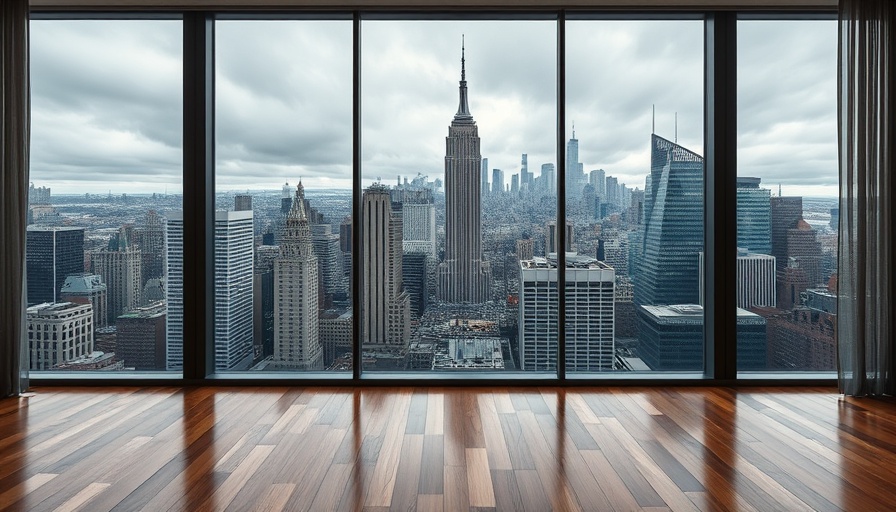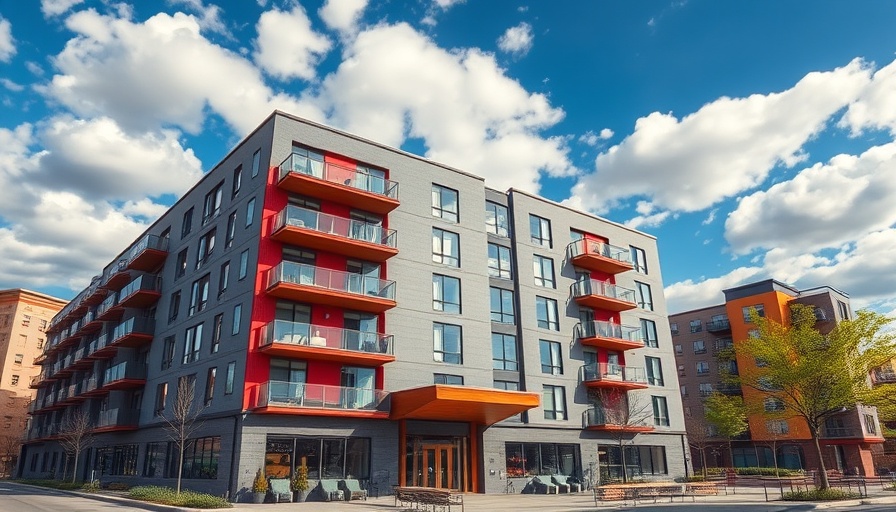
Understanding Home Modifications: Debunking Common Misconceptions
As we grow older, the desire to maintain our independence and live comfortably at home becomes paramount. The concept of aging in place—remaining in one's own home regardless of age—is gaining traction across demographics. Yet, misconceptions surrounding home modifications can prevent many from embracing this beneficial lifestyle choice. This article debunks common myths about home modifications for seniors, enlightening homeowners about their benefits and possibilities.
Myth #1: Aging in Place is Only for the Elderly
One prevalent myth around aging in place suggests it’s exclusively suited for the elderly. In reality, aging in place is advantageous for people of all ages, from those recovering from injuries to young individuals living with disabilities. It’s about independence and making homes adaptable for varied needs, ensuring that everyone can thrive in their living spaces no matter their life phase.
Myth #2: Sacrificing Aesthetics for Accessibility
Another common belief is that home modifications necessitate sacrificing aesthetics for accessibility. This is simply untrue; modern solutions blend both functionality and style seamlessly. Today, grab bars come in stylish designs, and ramps can integrate beautifully into the home’s architecture. Collaborating with expert renovators specializing in inclusive designs ensures beautiful adaptations that enhance both safety and aesthetics effectively.
Myth #3: Home Modifications Decrease Property Value
Some homeowners worry that making modifications will reduce their home's resale value. Conversely, the demand for accessible homes is growing, driven by an aging population and a heightened awareness of aging in place benefits. Modifications not only serve seniors but also enhance accessibility for people of all ages. In essence, thoughtful updates can boost a home's appeal, potentially increasing its market value.
Myth #4: High Costs of Home Modifications
Cost is often the first concern for homeowners considering modifications. While certain adaptations may require significant investment, others can be budget-friendly while still making impactful improvements. Simple solutions, such as installing grab bars, can enhance safety and are relatively inexpensive. Homeowners should also explore financial aid programs and tax deductions available for home modifications to alleviate financial burdens.
Myth #5: Modifications Are Only for Severe Disabilities
A common misconception is that home modifications are only needed for individuals with severe disabilities. However, aging in place is achievable for people across the spectrum of abilities. Every homeowner can benefit from small changes that promote safety and accessibility, ensuring that everyone, regardless of their physical condition, can feel secure and independent in their home.
Myth #6: Modifying a Home is Complicated
Many believe that redesigning a home for accessibility is a complex and overwhelming process. While navigating renovations can be daunting, having a well-researched plan in place simplifies the journey. Consulting professionals who specialize in adaptive home design can guide homeowners through the modifications, ensuring a smooth transition and relieving much of the stress associated with renovations.
Myth #7: You Must Modify Your Entire Home
Lastly, some homeowners think that to be effective, they must modify their entire house. This misconception prevents many from making beneficial changes. In reality, modifications can be targeted and gradual. Homeowners can start small, focusing on key areas such as bathrooms and entrances before expanding to other spaces. This piecemeal approach allows for manageable adjustments and enables homeowners to see immediate benefits.
Conclusion: Embrace the Possibilities of Home Modifications
Understanding the realities of home modifications can empower homeowners, enabling them to enhance their living environments for comfort, safety, and aesthetic appeal. Instead of overlooking the potential benefits due to common myths, owners should embrace the possibility of making their spaces more inclusive and adaptive. By doing so, they not only improve their standard of living but also contribute to a more accessible community.
If you’re considering modifications for your home, reach out to knowledgeable professionals who can provide guidance tailored to your specific needs. Remember, the sooner you act, the more comfortable and secure your home can become.
 Add Row
Add Row  Add
Add 




Write A Comment